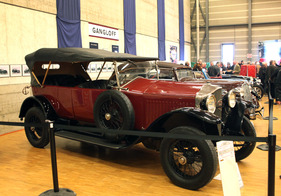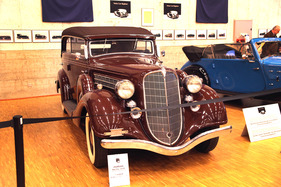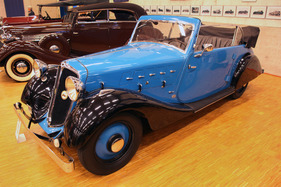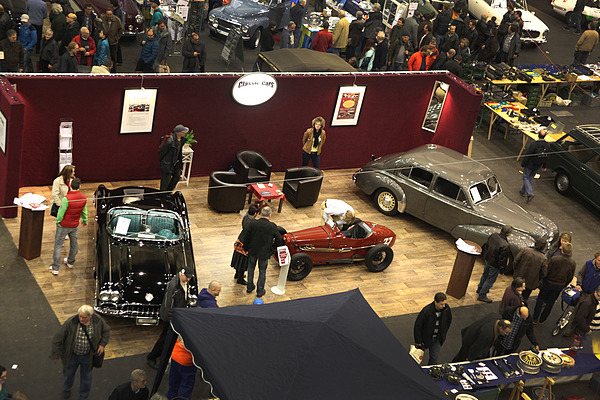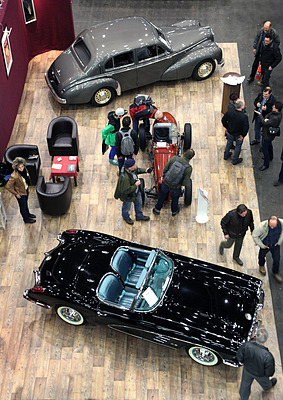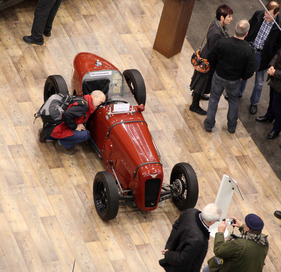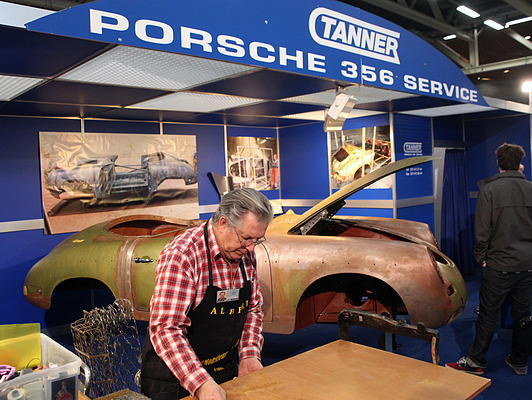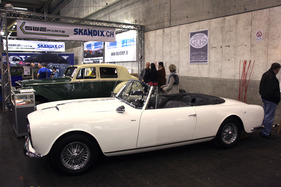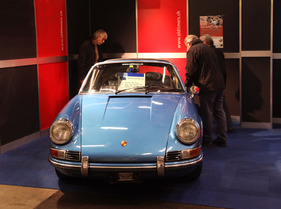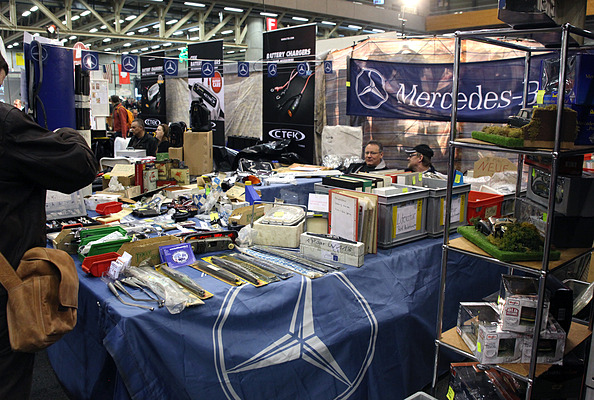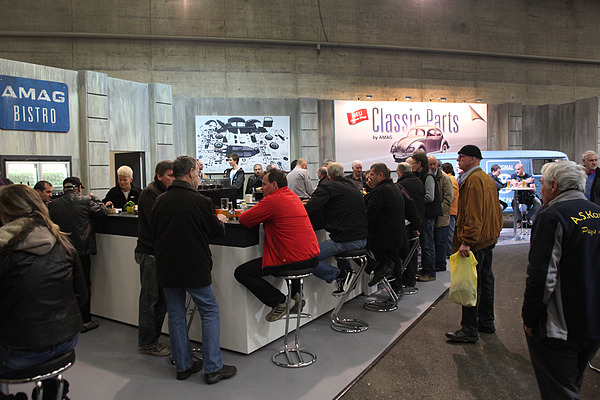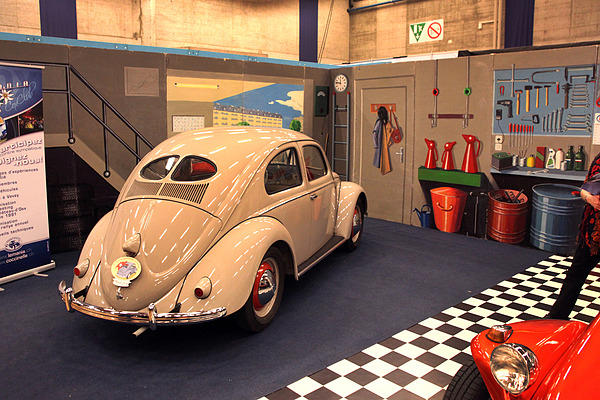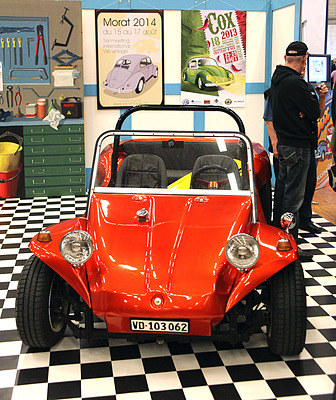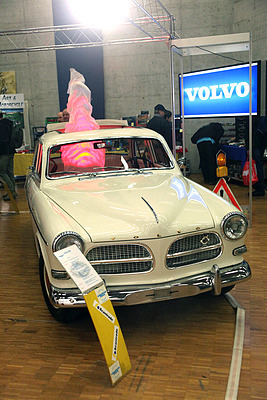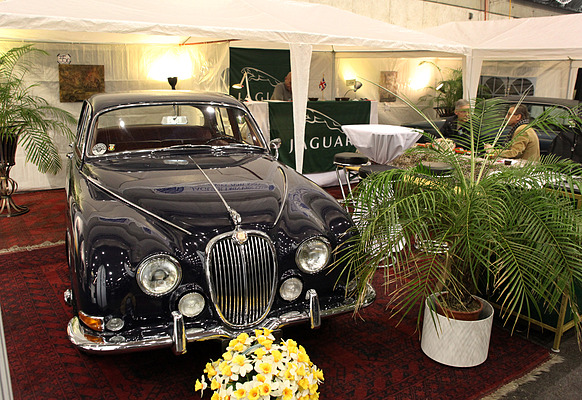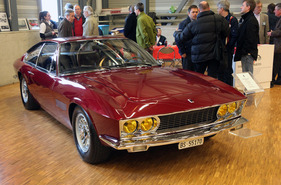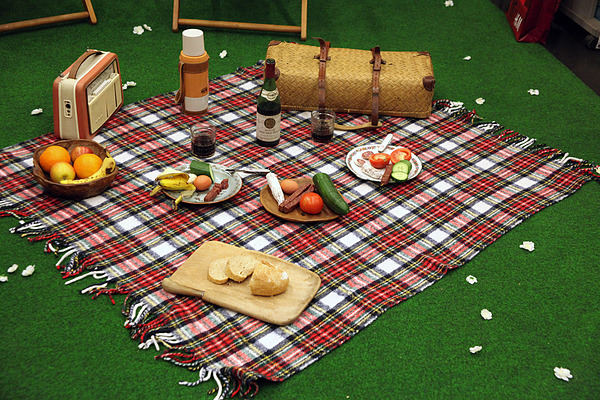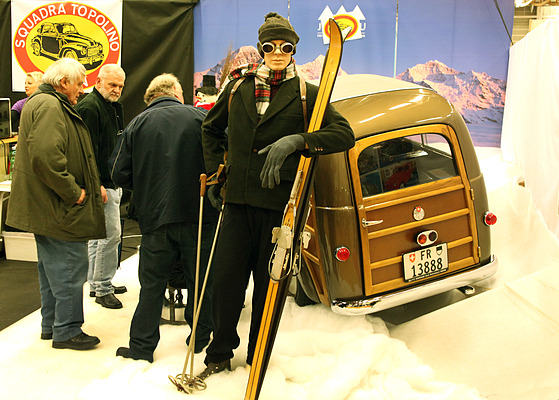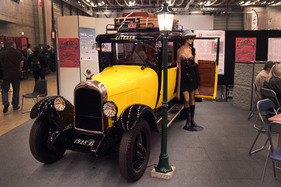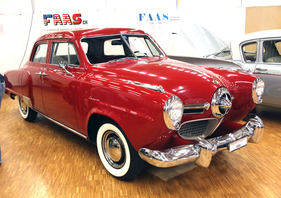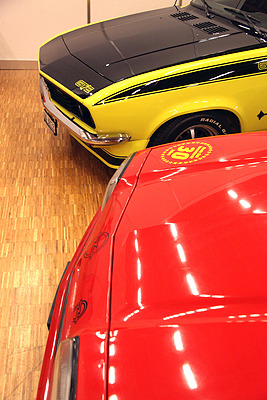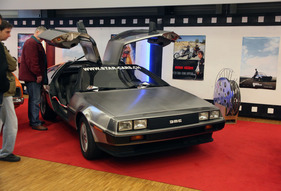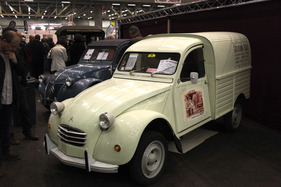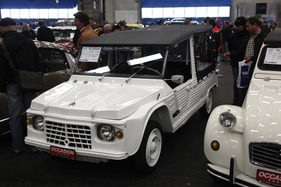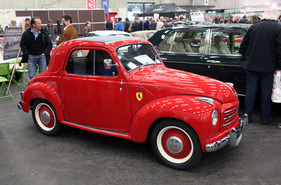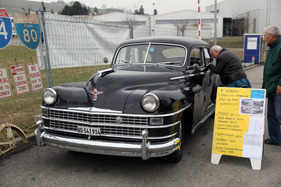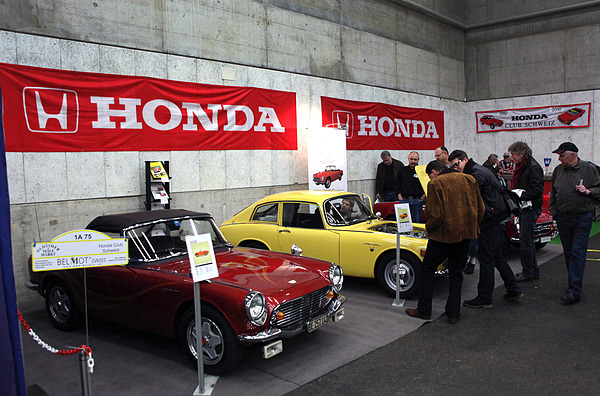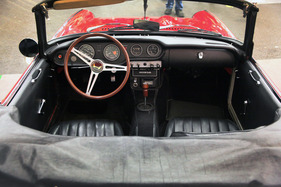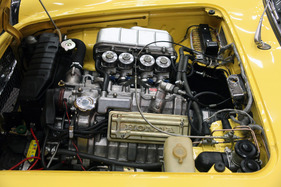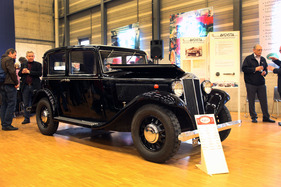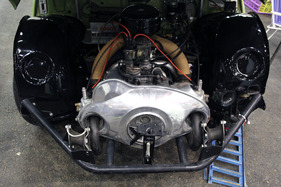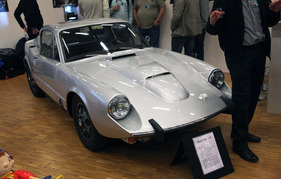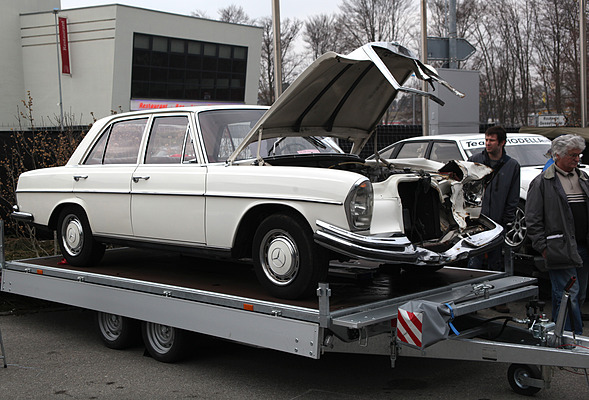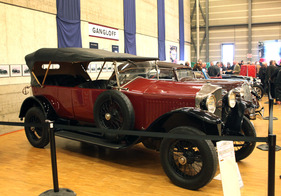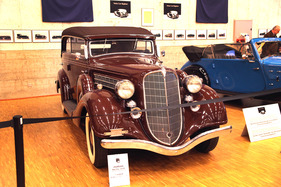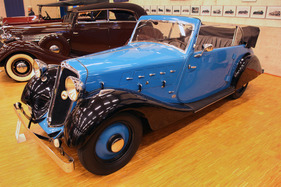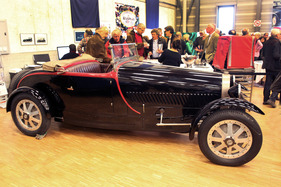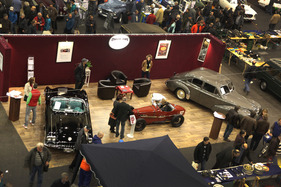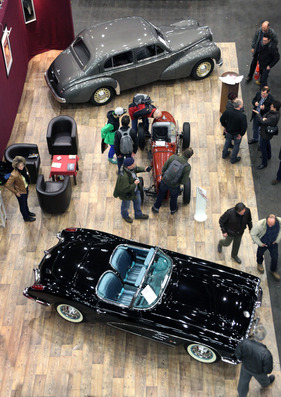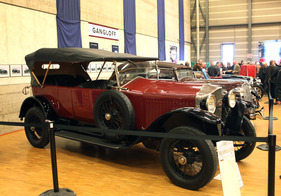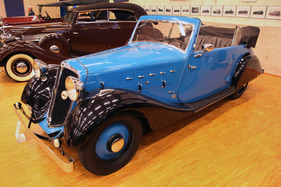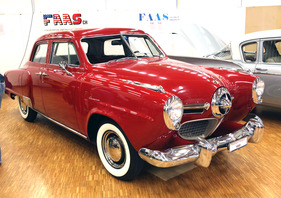If classic car fair visitors are streaming through the stands with a glass of white wine and the smell of fondue, then they are certainly at the classic car and parts market in Fribourg, around 35 km from the federal capital of Bern and therefore roughly halfway between Geneva and Zurich.
While the Stuttgart, Essen and Fribourg trade fairs overlapped last year, this mishap was avoided in 2013, so that the OTM in the small town of Fribourg in the Saane district (western Switzerland) was ideally positioned between the two major German trade fairs.
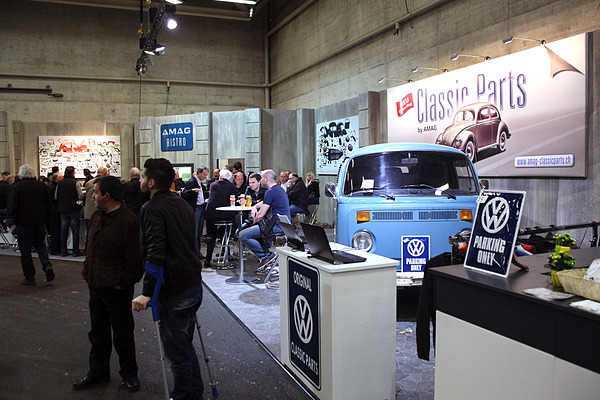
With around 50,000 classic cars and an estimated turnover of CHF 250 million for maintenance and restoration services, Switzerland is a good breeding ground for specialized providers, and the OTM Fribourg, which can look back on a thirty-year tradition, is a perfect showcase for them.
Flea market atmosphere
While trade fairs in Germany tend to focus on carpets and the upper class, OTM Fribourg has remained true to itself. Only a few stands roll out fitted carpets, the lighting is rather dim and everything has a certain garage groove. Expensive cars are the exception rather than the rule, but there are still rarities to be discovered.
There is a creative chaos, almost every corner of the not particularly spacious halls is utilized by the 400 or so exhibitors, cars are packed bumper to bumper and between spare parts and literature stands. While this jumble of vehicles, parts and accessories may be stimulating for some visitors, it may also have deterred others.
Swiss homeliness
A lot of emphasis is placed on good and varied catering, talking to acquaintances and meeting old friends is one of the main motivators for exhibitors and visitors to return to Fribourg every year. Of course, something is also sold; more than half of the (estimated) 250-350 cars on display had for-sale signs and the prices were in most cases within earthly spheres.
No arms race
The dealers present kept a low profile and set up their stands modestly; none of the gigantism of other trade fairs was in evidence here.

AC-Vogel, for example, displayed three cars - an Austin Seven Single Seater, a Hotchkiss and a Chevrolet Corvette C1 - in a cozy living room atmosphere, while Christoph Grohe even parked an Alvis TE 21 Graber Cabriolet and a Bentley Mk VI on the concrete floor. The stands of GB Classic Cars Dönni, Touring Garage and other well-known dealers and specialists were also clearly laid out.
Gangloff special exhibition
The Swiss Car Register organized one of the main attractions of this year's OTM Fribourg, the Gangloff special exhibition.
The brothers Georges and John Gangloff were pioneers. Their ancestors had already produced wheel hubs and spoked wheels, and later a company was founded for the construction of carriages and wagons. This developed into Carrosserie Georges Gangloff in the early days of the automobile, which fitted the chassis of well-known manufacturers with bodies, including those of Pic-Pic, but also Bugatti and Hudson.
Four vehicles were shown to the public in Fribourg: a Pic-Pic R2 from 1919, kindly made available by the Lucerne Museum of Transport, a Hansa 1700 from 1937, a Hudson Big Six from 1935 and a Bugatti 43 from 1929 with an eight-cylinder in-line engine.
Beautiful club presentations
The club presentations, which were mainly to be seen in the higher Hall 4 "Club Shows", were lovingly set up.

Squadra Topolino, for example, took two seasons as its theme and showed one car in a winter sports setting and another in the middle of a summer picnic. Swiss Oldtimers, together with the Monteverdi Club, had brought together a whole phalanx of rarely seen Monteverdi vehicles, while the Austin-Healey Club not only showed two cars, but also the matching boat.
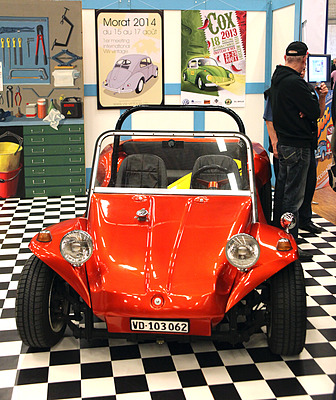
The Beetle Club of Western Switzerland, called Lemania Coccinelle, displayed an early Pretzel Beetle and a buggy in a stylized workshop environment. From the Opel Manta to the Morris Minor, the Honda S800, the Studebaker in two variants, the Matra mid-engined sports cars, the Citroën DS and the Lancia Augusta, there were plenty of rarities to be discovered on the club stands and it was great to talk shop. Or talk about classic car policy issues, such as at the FSVA stand, where the Turin Charter, which came into force in January 2013, was discussed.
Spring soon?
However, there was general agreement on one point: hopefully spring will finally come. Because the later spring comes, the more hectic the classic car trade will be when the warm sun drives the classic cars out of the garage again and the typical aches and pains and maintenance needs after long periods of downtime are on the agenda.


